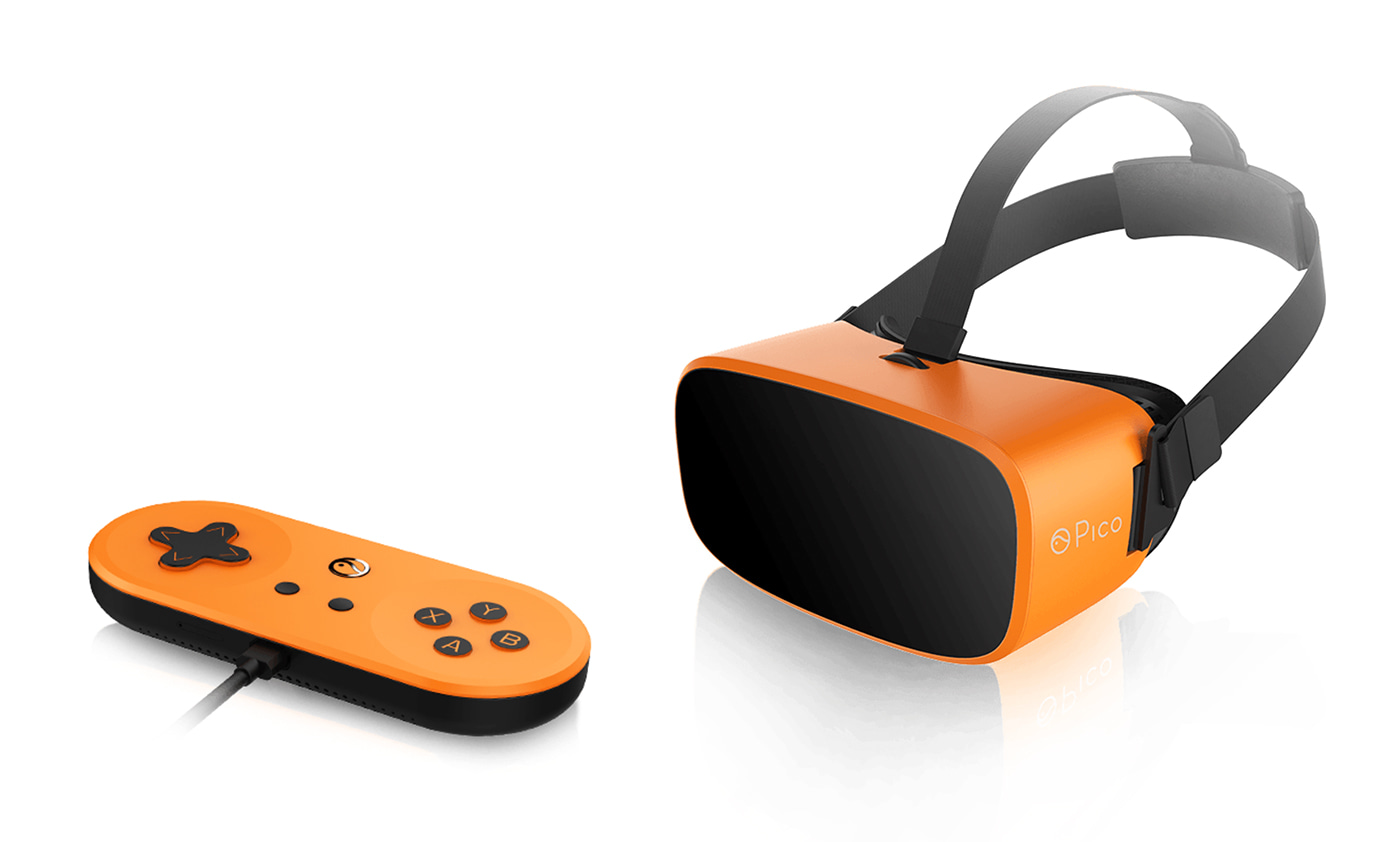- News all the latest
- Theme Park explore the park
- Resort tour the resort
- Future looking forward
- History looking back
- Community and meetups
-
ℹ️ Heads up...
This is a popular topic that is fast moving Guest - before posting, please ensure that you check out the first post in the topic for a quick reminder of guidelines, and importantly a summary of the known facts and information so far. Thanks. - Thread starter Rob
- Start date
- Favourite Ride
- Voltron Nevera
- Favourite Ride
- Dizz, Bobby’s Yarn Land

- Favourite Ride
- Icon
- Favourite Ride
- Steel Vengeance
You are using an out of date browser. It may not display this or other websites correctly.
You should upgrade or use an alternative browser.
You should upgrade or use an alternative browser.
Galactica: General Discussion
KingNemesis
TS Member
Can the Vive be used outdoors? I'm fairly sure I read somewhere that the sensors and screens are highly susceptible to damage from direct sunlight. (granted that might not be a problem in Stafford).
That might also be an issue, also I don't know if the light houses are required to use the Vive...
Skyscraper
TS Member
Windows 98? It's not supported anymore!The crafts do have onboard computers.... But they aren't meant to tap into them. I think they may have though from what I heard. Galactica apparently runs Windows 98 so go figure
Bert2theSpark
TS Member
Apparently, according to TowersTimes, the new headsets are the 'Pico Neo CV' VR Headset... Which has the same resolution and refresh rate of the HTC Vive and Oculus Rift!

Last edited:
Ian
TS Team
I can't imagine it being Vive.
Gear VR is used because you need very little external hardware. Unless Figment are using some drastically different setup, the headset simply contains a Samsung smartphone (I believe it's the S7 on Galactica?) which deals with all the rendering and playback. The phone contains the screen, sensors, video playback capabilities and the battery. This is why you can by Gear VR and similar products (Daydream, Google Cardboard, etc.) so cheaply if you own a compatible phone. You're just buying a plastic shell with some lenses and occasionally a remote.
They do have a battery onboard each craft to provide additional power and charge the phones for a limited period of time, but I don't think there's much else on the craft itself. The Ghost Train has a power feed to it as it isn't required to travel around a large track, so Vive and the computers are able to have a mains connection.
The little touchscreen panels between each seat probably act as a remote, telling the phone which seat it is on so that it can playback at the right time, and whether to turn on any subtitles or audio description. The phone will then handle the rest, rather than having a video piped into it.
By contrast the Vive is a periferal device. They cost over £700 (consumer rate, obviously Figment/Merlin will be able to buy in bulk at a discount), but then it still has to be connected to a powerful dedicated computer to do all the video rendering. It also (until the wireless kit launches) has to be wired to the PC to draw power, send sensor data, and receive video back. It also requires an external sensor(s) called a Lighthouse, which is what actually tracks your head movement. Vive is, at its simplest, a pair of screens in a headset. There's no real video rendering and playback in the same sense as a phone, and it is not intended to be a mobile device.
Think of them like a tablet (Gear VR) and a normal computer monitor (Vive); they are both screens, but the tablet includes all the hardware to process and render an image. The monitor just shows whatever comes into it from an external source.
Whilst each craft has an onboard 'computer' to monitor seats, etc. don't think of these as computers like you would find in the home. These are usually specialist hardware designed to do a specific job (monitor seats) and will be completely incapable of anything more sophisticated. Duel has a 'computer' in each vehicle, but it's nothing more than sensors to detect position and basic logic to control motors. You wouldn't be able to run Windows and your Microsoft Office apps on them They just look like a tangle of wires.
They just look like a tangle of wires.
Galactica does have a Windows interface on it, as do a few other rides (Rita runs an XP desktop to monitor the launch system), but these are usually for op panel monitors and similar. Safety-critical tasks will be left to specialist systems.
I know that in reality there is a lot more to all of this hardware than just the above, but hopefully it explains the difference between something like Vive and Gear VR
These could be a possibility as they are completely self-contained devices. They have the playback functionality built right into the headset itself. This may also mean that they have better battery life than the Gear VR setup, as you're not powering the extra hardware of a phone. What's more, if it's using proprietary software and hardware, which it sounds like it is, it should be easier to develop new films on and add additional features.
Gear VR is used because you need very little external hardware. Unless Figment are using some drastically different setup, the headset simply contains a Samsung smartphone (I believe it's the S7 on Galactica?) which deals with all the rendering and playback. The phone contains the screen, sensors, video playback capabilities and the battery. This is why you can by Gear VR and similar products (Daydream, Google Cardboard, etc.) so cheaply if you own a compatible phone. You're just buying a plastic shell with some lenses and occasionally a remote.
They do have a battery onboard each craft to provide additional power and charge the phones for a limited period of time, but I don't think there's much else on the craft itself. The Ghost Train has a power feed to it as it isn't required to travel around a large track, so Vive and the computers are able to have a mains connection.
The little touchscreen panels between each seat probably act as a remote, telling the phone which seat it is on so that it can playback at the right time, and whether to turn on any subtitles or audio description. The phone will then handle the rest, rather than having a video piped into it.
By contrast the Vive is a periferal device. They cost over £700 (consumer rate, obviously Figment/Merlin will be able to buy in bulk at a discount), but then it still has to be connected to a powerful dedicated computer to do all the video rendering. It also (until the wireless kit launches) has to be wired to the PC to draw power, send sensor data, and receive video back. It also requires an external sensor(s) called a Lighthouse, which is what actually tracks your head movement. Vive is, at its simplest, a pair of screens in a headset. There's no real video rendering and playback in the same sense as a phone, and it is not intended to be a mobile device.
Think of them like a tablet (Gear VR) and a normal computer monitor (Vive); they are both screens, but the tablet includes all the hardware to process and render an image. The monitor just shows whatever comes into it from an external source.
Whilst each craft has an onboard 'computer' to monitor seats, etc. don't think of these as computers like you would find in the home. These are usually specialist hardware designed to do a specific job (monitor seats) and will be completely incapable of anything more sophisticated. Duel has a 'computer' in each vehicle, but it's nothing more than sensors to detect position and basic logic to control motors. You wouldn't be able to run Windows and your Microsoft Office apps on them
Galactica does have a Windows interface on it, as do a few other rides (Rita runs an XP desktop to monitor the launch system), but these are usually for op panel monitors and similar. Safety-critical tasks will be left to specialist systems.
I know that in reality there is a lot more to all of this hardware than just the above, but hopefully it explains the difference between something like Vive and Gear VR
Apparently, according to TowersTimes, the new headsets are the 'Pico Neo CV' VR Headset... Which has the same resolution and refresh rate of the HTC Vive and Oculus Rift!
These could be a possibility as they are completely self-contained devices. They have the playback functionality built right into the headset itself. This may also mean that they have better battery life than the Gear VR setup, as you're not powering the extra hardware of a phone. What's more, if it's using proprietary software and hardware, which it sounds like it is, it should be easier to develop new films on and add additional features.
themeparkfan
TS Member
So whatever system is being used. When will the ride be open with VR again?
Sent from my SM-J320FN using Tapatalk
Sent from my SM-J320FN using Tapatalk
themeparkfan
TS Member
Anyone know a date when the ride will be open with VR? Incredible silence on the issue considering it was the big new thing last year. Will it be ready next week, for easter or summer? I can only presume DBGT is the priority for merlin
Sent from my SM-J320FN using Tapatalk
Sent from my SM-J320FN using Tapatalk
Bert2theSpark
TS Member
So whatever system is being used. When will the ride be open with VR again?
Sent from my SM-J320FN using Tapatalk
Anyone know a date when the ride will be open with VR? Incredible silence on the issue considering it was the big new thing last year. Will it be ready next week, for easter or summer? I can only presume DBGT is the priority for merlin
Sent from my SM-J320FN using Tapatalk
Currently we don't know when Galactica's VR will reopen, And it's not like anyone prefers the VR over No VR. But I would expect Galactica's VR to reopen in a few weeks but it could be longer depending when the headsets arrive and then test them etc.
Towerslover
TS Member
I hope they are not too orange as I can't imagine it looking very good as the trains are flying round.Even though the ride was operating today without VR, the new orange headsets were in place (and it appears that, with a bit of DIY, some of the headsets do function)
themeparkfan
TS Member
I guess the orange will be covered up with galactica cover
Sent from my SM-J320FN using Tapatalk
Sent from my SM-J320FN using Tapatalk
Rob
TS Team
I guess the orange will be covered up with galactica cover
Sent from my SM-J320FN using Tapatalk
Correct, the new headsets are still in Galactica branded black casing.
BenTechy66
TS Member
GalacticAIR will almost certainly be open (no vr)

